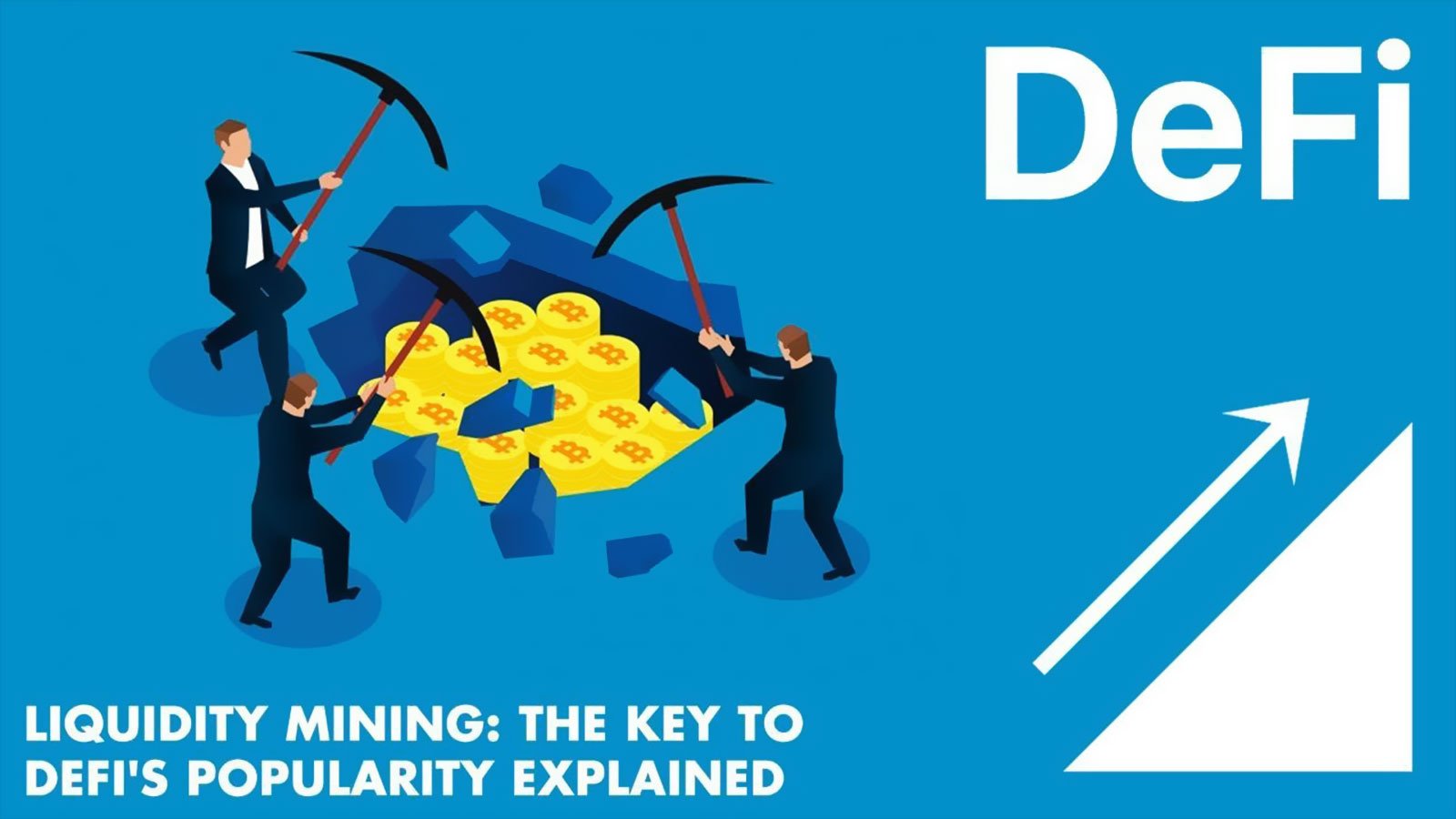
The amount of funds stored in DeFi protocols has grown from $700 million in January 2020 to $57.22 billion in April 2023. This is a huge figure, but it is less than 1% of the market potential. Long-term, this market could grow by more than 100 times. One of the important reasons for the growing popularity of DeFi is liquidity mining.
In this article, we will share an interview with Muhan Zou, the chief strategist at analytical agency CertiK. He will explain why DeFi is becoming increasingly popular, how it is related to liquidity mining, and what we can expect in the future.
Why is DeFi growing?
According to Muhan Zou, DeFi (decentralized finance) is a new type of financial service that does not require the involvement of intermediaries, such as banks and other financial institutions. DeFi uses blockchain technology to create network protocols that allow users to store, trade, and manage their digital assets without the involvement of third parties.
One of the main reasons for the growth of DeFi is liquidity mining. This process allows users to receive rewards for providing liquidity to decentralized exchanges and other DeFi protocols. Liquidity is the ability to quickly and without losses sell a digital asset at the current market price. Without liquidity, decentralized exchanges cannot function, so every day they need to accumulate this liquidity in huge volumes.
Since liquidity mining is the main source of liquidity for exchanges, Muhan Zou considers mining to be a key factor in the development of decentralized finance.
Why is the use of mining liquidity growing?
According to Muhan Zou, the use of protocols for liquidity mining is growing against the background of the growth of DeFi. For example, one of the most well-known protocols for liquidity mining, Wixpool, reached 45,000 active investors in March 2023. According to Wixpool founder Jacob Hamilton, the growth of the project was the result of a successful increase in user trust in DeFi.
The growth of Wixpool and other liquidity mining protocols indicates that users are increasingly beginning to understand the advantages of decentralized finance. They see that these projects allow them to maintain control over their funds and benefit from their digital assets. Liquidity mining is interesting for private users because it allows them to receive rewards for providing their funds to decentralized exchanges and other DeFi protocols. This can be beneficial for those who want to earn income from their idle funds.
How safe is liquidity mining?
According to Muhan Zou, since projects use decentralized algorithms and smart contracts encoded in public blockchains, users always retain private keys to their crypto wallets, which eliminates counterparty risk inherent in centralized exchanges.
Liquidity mining can be safe if users follow the rules for storing their private keys and using decentralized exchanges and other DeFi protocols. It is also important to monitor the reputation and security of the chosen protocol and not risk more than one can afford to lose.
Conclusion
Thus, liquidity mining is one of the key tools of the DeFi ecosystem and has great potential for future development. With the increasing number of DeFi users and the growth of trading volumes on decentralized exchanges, liquidity mining will continue to evolve and become an increasingly popular tool for users.
Company details
-
OrganizationWixpool
-
Website:
Disclaimer:Disclaimer: This is sponsored content. The information on this page is not endorsed or supported by U.Today, and U.Today is not responsible or liable for any inaccuracies, poor quality, advertising, products or other materials found within the publication. Readers should do their own research before taking any actions related to the company. U.Today is not responsible, directly or indirectly, for any damage or loss caused or alleged to be caused by or in connection with the use of or reliance on any content, goods or services mentioned in the article.
 Vladislav Sopov
Vladislav Sopov